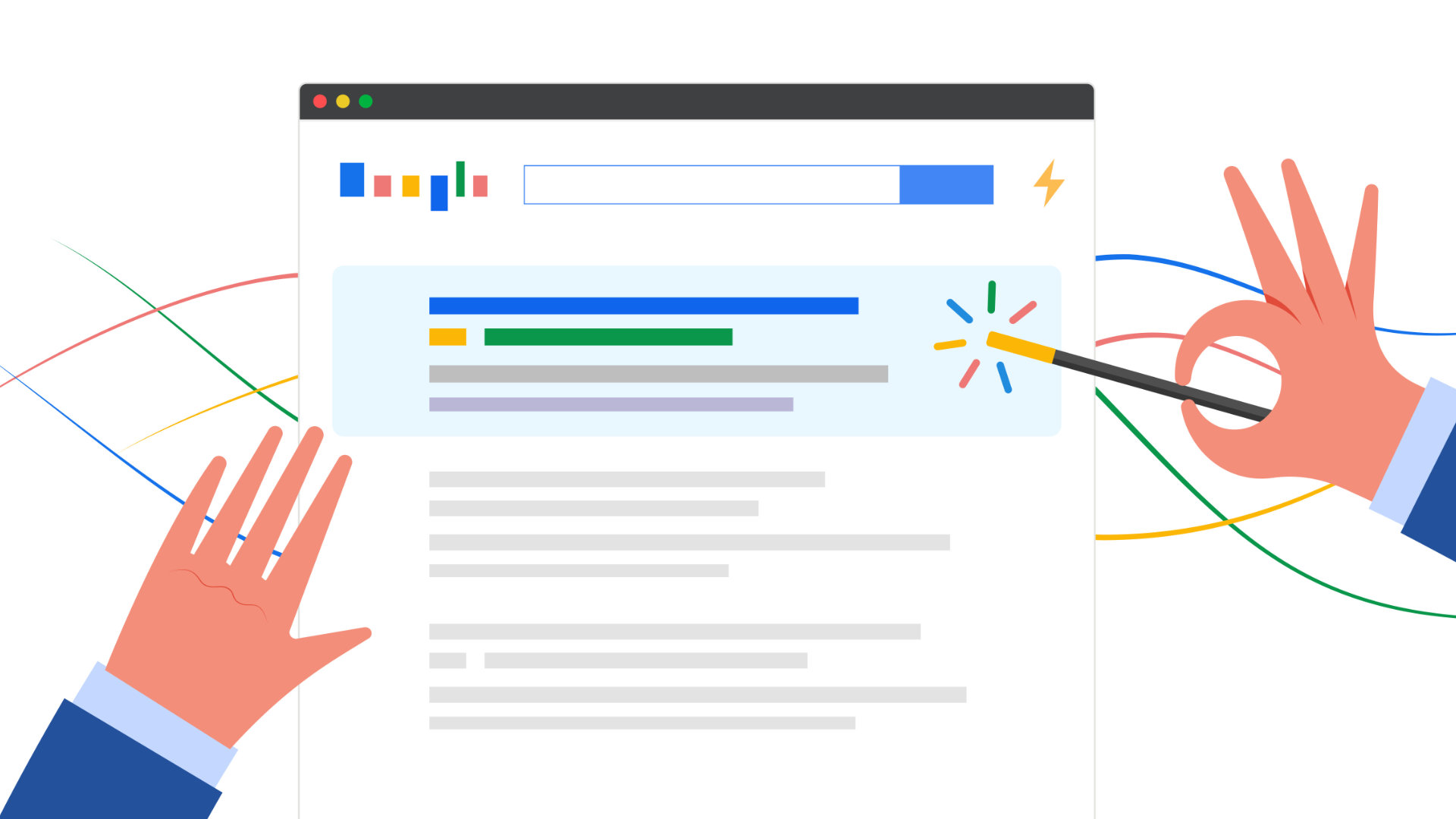
Google can answer anything. The hours of a local business—Yes. The flight status of an incoming plane—No problem. The meaning of life—Probably. And while it may seem like magic, it is not. It is the intelligent sorting of the vast information that is available on the internet, all accomplished through a very intricate algorithm. When businesses understand this algorithm, they have the ability to adjust their website so that it can become a top result for any number of queries in mobile rankings locally and otherwise.
The key to staying high in the ranks is keeping up to date with any changes that are made to the algorithm. One of the most recent changes is to rankings on mobile searches. Google is giving preference to page speed—The websites that load the fastest will get a higher ranking. Read the official announcement from Google.
What This Means
Google has long used speed as a metric for ranking searches. However, for the most part, this only applied to desktop searches. Google has decided that it is time to expand this aspect of the algorithm to include mobile searches. The reason for this is simple. Googlers want to be able to find the answers to their questions and they want to do so quickly.
This fact can be seen through recent data that Google released. According to their study, more than have of mobile website visitors will leave a page if the loading time is over three seconds. This means that bounce probability increases by nearly a third to normal bounce probability. This bounce probability increases by 90% if load time is more than 5 seconds, 106% if load time is over 6 seconds, and 123% if load time is greater than 10 seconds. This does not bode well for mobile sites, especially because historically they are slower to load.
The average mobile landing page takes roughly 15 seconds to load. This is an improvement from 2016 when it took an additional 7 seconds for mobile landing pages to load. Considering that over half of web traffic is mobile, this is an issue. By factoring mobile load speed into the algorithm, Google is attempting to address this issue.
There is a catch, though. Google is not intending to affect every mobile page. They are only using it to lower the ranking of the slowest loading sites. Therefore, only a low percentage of queries will be impacted. Additionally, Google will not take into account the technology used in the architecture of the site—All websites will be measured with the same standard. Google has made it clear that the most relevant sites will still rank high, regardless of speed. However, when several sites have relevant to a query, speed is going to come into play.
Which Businesses Will Be Affected
For many businesses, this could be a turning point. Those that quickly adjust and redesign their mobile site for speed will see their ranking begin to rise. Those that do not, will likely begin to lose out to the competition.
It is important to note that this change in the algorithm will not just affect B2C businesses. Historically, B2Bs have worked to avoid mobile traffic. The logic behind this is that most business transactions, whether it is requesting a software demo or making a purchase, is done through desktop traffic. In order to more effectively target this type of advertising and negate mobile traffic, the raise their advertising bids for desktop traffic and lower their bids for mobile traffic. So it stands to reason that changes in the algorithm for mobile searches would not effect them. To some degree this is accurate.
The truth is, though, that B2B advertisers need to begin adjusting their strategy. As previously stated, mobile traffic is growing at a rapid pace. In short, B2Bs need to start taking mobile traffic into consideration with their advertising efforts.
What To Do
There are two steps that will prepare any business for this change. The first step is analysis and the second step is implementing changes.
Analysis
In regards to the first step, companies need to evaluate their mobile site and see how fast or slow it really is. There are a number of tools are built for just this purpose:
1. PageSpeed Insights: This tool uses the Chrome UX Report to analyze how well a page performs. It also provides suggestions for optimizations. To use it, all a business has to do is visit the page, paste their mobile web address into the text bar and click analyze. It will then show results for both the mobile and desktop version of the website. Some of the common optimization tips it provides include optimizing images, leveraging browser caching, and adjusting the above-the-fold content to eliminate render-blocking CSS and JavaScript.
2. Lighthouse: The Chrome Developer Tools suite includes this tool. It is automated and audits site quality, whether progressive web apps, accessibility, performance, or anything in between. Businesses can choose to use it from the Chrome DevTools, command land, or a Node module. Instructions for use can be found here. Once the audit is complete, businesses can improve the site based on the failed audit features. The audit itself even explains how each failure can be fixed.
3. Chrome User Experience Report: This report provides real-world data in a public dataset. It shows the key user experience metrics for the most popular sites. It also allows site owners to use its APIs to gather their own data on visitors to their site. The user-centric performance documentation can then be used to interpret the data.
4. Test My Site: This Google tool is another that specifically test websites for mobile speed. It then pinpoints specific areas of the site that can be changed to improve load times.
5. GTMetrix: This tool is a non-Google tool but provides a similar service to Test My Site and PageSpeed Insights. Using all three tools may help to uncover issues that could otherwise slip through the cracks.
Final Tip: Because many of these tools do not require website admin access, businesses can plug in competing websites to see how they compare.
Implementing Changes
There are a number of changes that website owners can implement on mobile sites to increase load time. Here a just five of them:
1. Review The Critical Rendering Path
There are certain objects on a mobile website that must load. When they do, the page content then appears on the screen. This is known as the critical rendering path. These objects are programming languages, such as CSS and JavaScript. If they are blocked, the page will either fail to load or just render very slowly. Various open source tools, such as modpagespeed.com, can help site owners to clear out any obstacles that may be in the critical rendering path.
2. Optimize The Basics
There are many optimization methods that are basic and straightforward. One method is to optimize images. By compressing text and images, page size can be significantly reduced, which then speeds upload time. Another method of optimization is ensuring that static aspects of a website stay in the browser cache, which can be done with a caching plugin. Finally, location can be a major contributing factor to load time. The closer the data center is to the visitor, the faster it will load. A CDN will help to accomplish this.
3. Use The Latest Programming Language Update
Programming languages are updated. These updates allow for advantages, including faster load times. Additionally, older versions are often unsupported and unsafe.
4. HTTP2
The internet has long been relying on HTTP network protocol. A major revision was made several years ago, though, and HTTP2 was released. This update has considerably upgraded the infrastructure of the internet. Using this new version is a way to considerably speed up any site. However, this is contingent on the website already using HTTPS.
5. AMP
AMP is a Google project that provides an open source library for creating mobile web pages that load faster than ever before. There is a comprehensive guide for how to create these pages here. This upgrade will inarguably provide the biggest boost to any mobile website in terms of speed.
Google is in a constant state of improvement. They want to provide the best user experience they possibly can. In order to do this, they hold websites to a high standard. Sites, whether mobile or desktop, should perform well and provide the information that visitors are looking for. Because of the fast-paced nature of the internet and technology, Google must make regular changes to their algorithm, ensuring that the answers to queries are met more and more accurately. It can be challenging for most companies to keep pace with these changes.
To ensure that your site stays current and maintains a high ranking in search queries in the future, it can help to rely on outside experts, such as Fluid Services. We provide a mobile-focused website design that keeps businesses up to date with an ever-changing Google search engine. For more information on improving your mobile rankings locally and otherwise, please contact us.


Appliance Repair Google Listing Suspended? Here’s What To Do

How To Set Up Google Local Services Ads for Appliance Repair Companies

Revolutionizing Appliance Repair: How ChatGPT is Changing the Game

New Fluid Local and Textline Integration

Earn More Google Reviews with Fluid Local

New Scheduling Request for Appliance Repair

5 Benefits of Online Appliance Repair Training

6 Campaigns for Building Online Communities Instead of Audiences

7 Effective Strategies to Improve Your Search Ranking

New Updates to GMB Guidelines for Service Area Businesses

How Your Business Can Survive and Grow in the COVID Economy

How to Optimize a New Windows 10 Pro Installation

How to Install Windows 10 Pro on a new PC

Work from Home Equipment Guide
